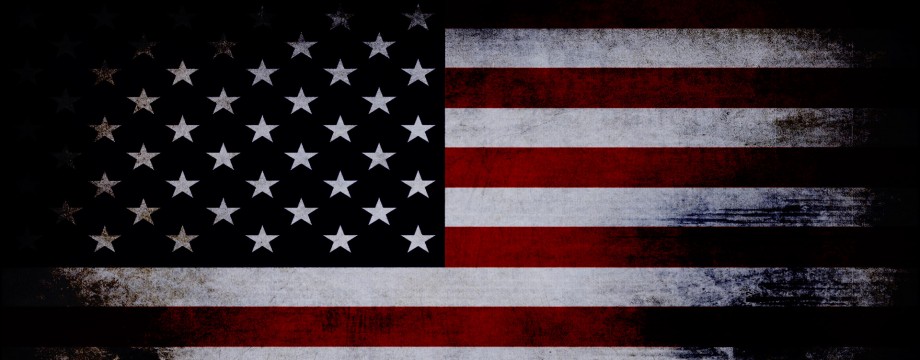Introduction
The late 19th Century was a time of great change: The Confederate Rebellion had been put down. Reconstruction was over. The nation was once again united. Immigrants were flooding into the nation. Industries were expanding. Jobs were plenty. New inventions made life easier. Money was to be had … but was it?
Wealthy philanthropists like John D. Rockefeller, Andrew Carnegie, Cornelius Vanderbilt, J.P. Morgan and Henry Ford often utilized controversial and oft believed unethical tactics, thus the term “Robber Baron” was attached to these “Captains of Industry.”
However, in 1890, 11 million of the nation’s 12 million families earned $380 a year, well below the poverty line. Rural Americans and new immigrants crowded into urban areas. Tenements spread across city landscapes, teeming with crime and filth. Americans had sewing machines, phonographs, skyscrapers and even electric lights, yet most people labored in the shadow of poverty.
Task
You are to discover why historians say that “during the Gilded Age, every man was a potential Andrew Carnegie, and Americans who achieved wealth celebrated it as never before.”
Process
After reading from the links above, you will answer each question by reading from the link/s provided for each. If you feel that you need further information for understanding, use a metasearch such as Dogpile or Unabot, or a search engine/directory such as Google or Bing. Be sure to answer each in Google Classroom.
- In your own words, explain what is meant by The Gilded Age.
- Explain the differing but similar economic philosophies of John D. Rockefeller and Andrew Carnegie.
- Describe life in New York City under Tammany Hall.
- Describe the riot at Haymarket Square in Chicago, 1886 that resulted the executions of 4 organizers.
- Explain why workers at the Pullman’s Palace Car Company went on strike in 1894, as well as the outcome.
- Explain the irony in this political cartoon.
Each answer will be no less than 3 complete sentences in length.
* Due by the end of the period for points *

